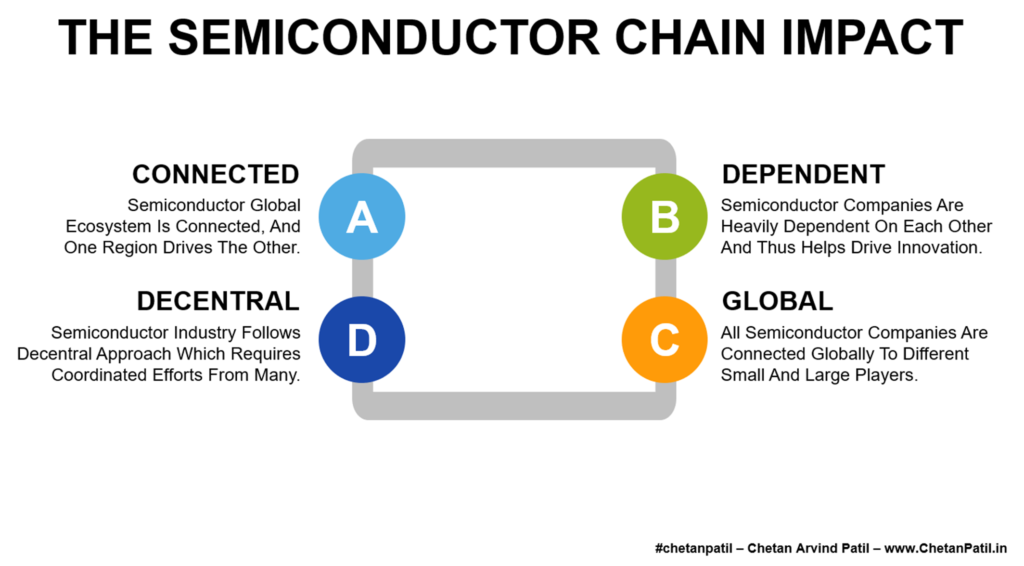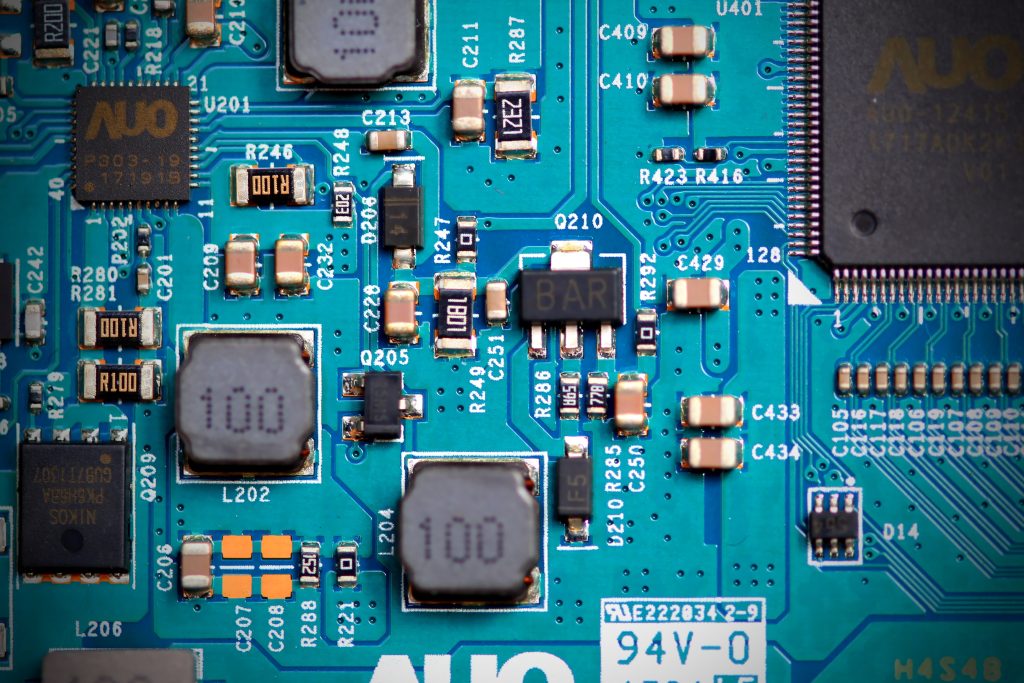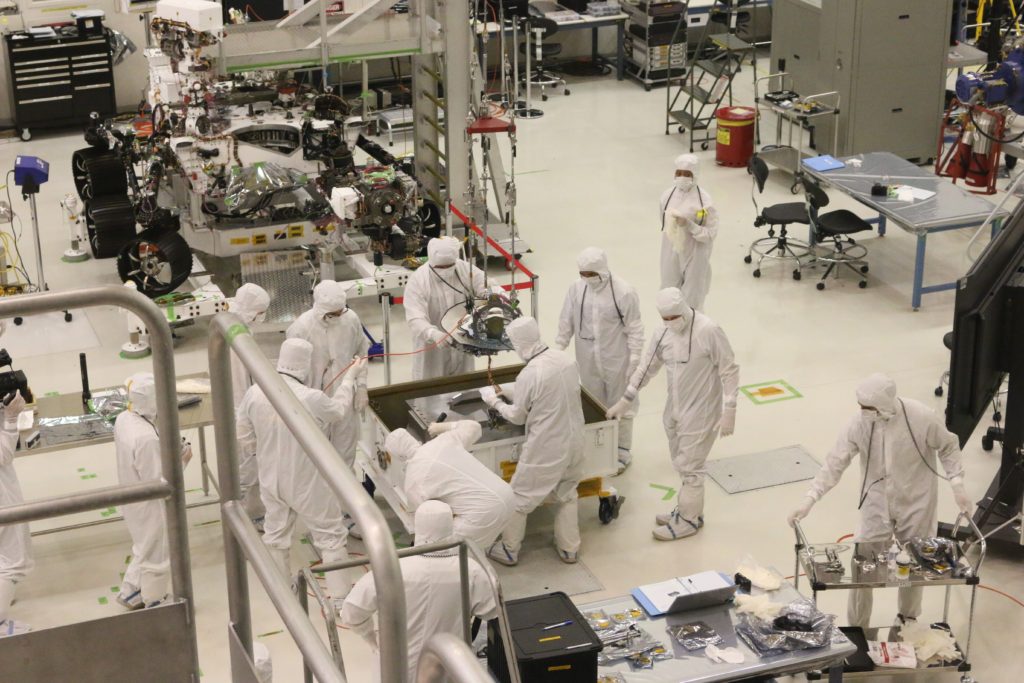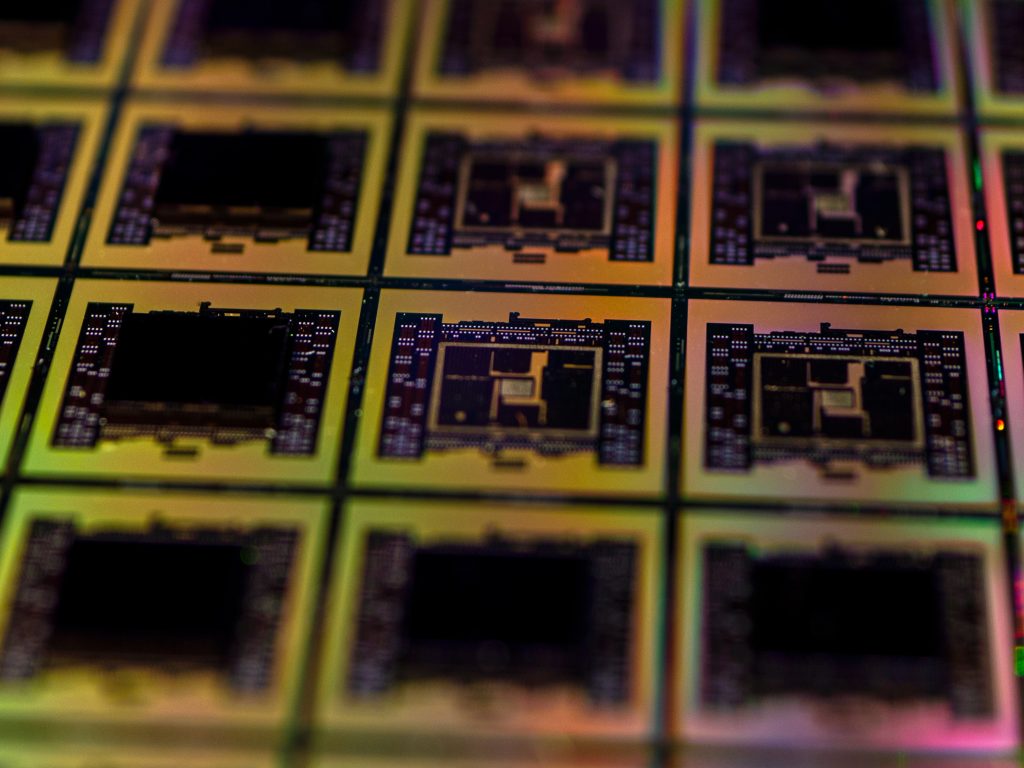Photo by Alina Grubnyak on Unsplash
There is not a single industry that does not rely on strategic partnerships. The semiconductor industry is no different, and semiconductor companies have to rely on a strategic partnership to achieve the goal of a successful product launch.
The semiconductor industry has several different segments. While the two major segments are design and manufacturing, several other critical segments are needed to empower the design to manufacturing solutions. These solutions originate from companies located in different countries, and the solutions developed powers billions of tiny silicon devices.
It will not be wrong to say that the semiconductor industry is one of the most distributed. A single semiconductor chip with billions of transistors takes more than ten to twenty different companies to work together. In many cases, companies are global. In such scenarios, any disruption on one location or shortage (in the case of manufacturing) can impact the end-to-end supply chain.
Connected: Semiconductor industry is one of the most connected industries out in the market, and different companies have to work together to get the product launched.
Dependent: Semiconductor companies are dependent on each other, and this is also the primary reason why not a single region or country fully dominates in the semiconductor chain. It is always global collaboration that leads to innovative silicon chips.
While countries without a stronghold on semiconductor design and manufacturing are focused on building in-country capabilities, the reality is that it not only requires several years (or decades) but is also impossible to create an end-to-end in-country semiconductor ecosystem. There will always be areas (not one, two, but several) for which every country will have to rely on others. It is where the technology-focused long-term partnership is required, without which it is impossible to keep the semiconductor chain intact.

The semiconductor industry is a global one. Any given semiconductor company is strategically involved with different semiconductor and non-semiconductor companies. Imagine disrupting this global connected and dependent semiconductor ecosystem and how it will impact day-to-day product development activities.
Over the last four decades, different regions across the globe have made their mark on specific solutions required by semiconductor-focused companies. Some regions are good at design, some at semiconductor manufacturing, a few at semiconductor equipment, and many on raw materials (including bare wafers). Eventually, all of the regions are powering each other.
Global: Semiconductor product development always follows a global approach and the primary reason is the resource and solution dependency.
Decentral: Decentralization is a key part of the semiconductor industry. Different regions have to work together, without which product development will halt.
This connected, dependent, global and decentralized approach is the primary reason why the semiconductor industry is growing double-digit year on year. This approach is never going to change, and this is why different countries need to work together to enable next-gen solutions for ever demanding and ever growing semiconductor market.


















